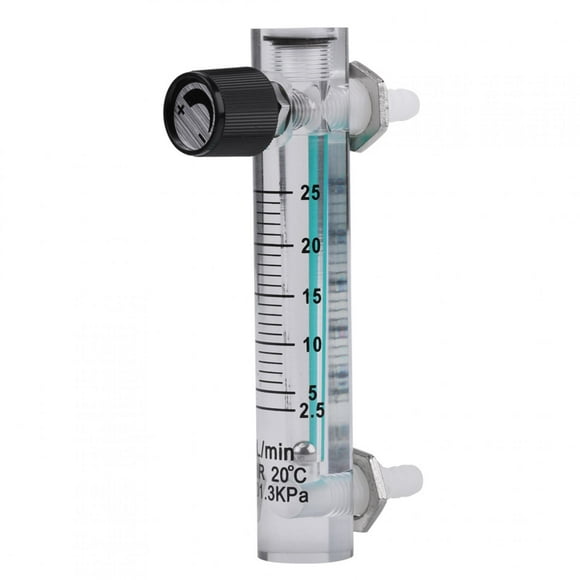People have traditionally been required to overcome a relatively significant barrier whenever they attempted to monitor the level of the water in the interest of preserving the natural world. This was done in order to prevent pollution. The spherical tank's ultrasonic liquid level gauge has done a fantastic job of solving the problem of accurately measuring the water level in the tank thanks to the excellent job it has done. Because of the growth of the automation industry, the current level of scientific knowledge and technological capability is continuously increasing. This is a direct result of the industry's expansion.

It is difficult for people to measure the height of the spherical tank due to its large size, and it is also difficult for people to reach the top of the tank due to its height. People have had difficulty determining how high the liquid level was inside the spherical tank for a considerable amount of time. Because of this, an innovative form of instrumentation known as the spherical tank ultrasonic level gauge is an excellent solution to this problem. In order to provide precise readings of the liquid level, the microprocessor that is integrated into the digital spherical tank ultrasonic level gauge does the necessary work. In the event that this is the case, the measurement of the spherical tank is to blame for the mental anguish that has been experienced by individuals.
During the measurement, the sensor will first send out an ultrasonic pulse, which will then be followed by the sound wave, radar type level transmitter which will be reflected by the surface of the liquid before being received by either the same sensor or an ultrasonic receiver. The sound wave will then be converted into an electrical signal by a piezoelectric crystal or a magnetostrictive device, and the strength of the signal will be determined by the amount of time that elapses between the transmission of t and the reception of the sound waveDepending on how many wires are required for the gauge, the technology that drives an ultrasonic liquid level gauge can be designed with either a two-wire system, a three-wire system, or a four-wire system. In a system with two wires, the circuits for the power supply and the signal output are combined into a single one; in a system with three wires, the circuits for the power supply and the signal output are kept separate from one another.

Since this is no longer a problem with the measurement of the liquid level in the spherical tank, one might wonder spur gear flow meter what people are still concerned about given the instrumentation of the ultrasonic liquid level gauge that is located in the tank. Between 0 and 50 meters, the ultrasonic level gauge for spherical tanks offers the most accurate measurement possible across its entire measuring range.
The split ultrasonic flowmeter is going to be the focal point of our conversation today because it is the primary instrument that we cover. It is unavoidable that some industrial sites, due to the complexity of industrial sites, will have relatively high pipeli. Since the first ultrasonic flowmeters were made available to consumers on the market, numerous variations of ultrasonic flowmeters have been designed and manufactured. It is recommended that the anti-rust layer be removed if it is present. To accomplish this, the processing area of one installation point should be approximately the same size as the sensor, while the processing area of the other installation point should be approximately twice as large as the sensor area. In order to simplify the process, the processing area of one installation point should be approximately the same size as the sensor. There are a number of different configurations, and individuals have a variety of perspectives regarding the benefits and drawbacks of the products. There are.
In what specific ways can the sensor's reliability be examined?After that, make a minute adjustment to the sensor's emission angle in order to locate the point at which the signal strength and Q value are at their highest, and only after that should the sensor be placed where it will provide the most accurate readings. Next, utilizing the center point as a reference, make a minute adjustment to the position of the sensor in the vertical plane in order to locate the point at which the signal strength and Q value are at their highest. After that, with the center point serving as a reference, shift the sensor ever-so-slightly to the left or right until you locate the maximum value for both the signal strength and the Q value.

